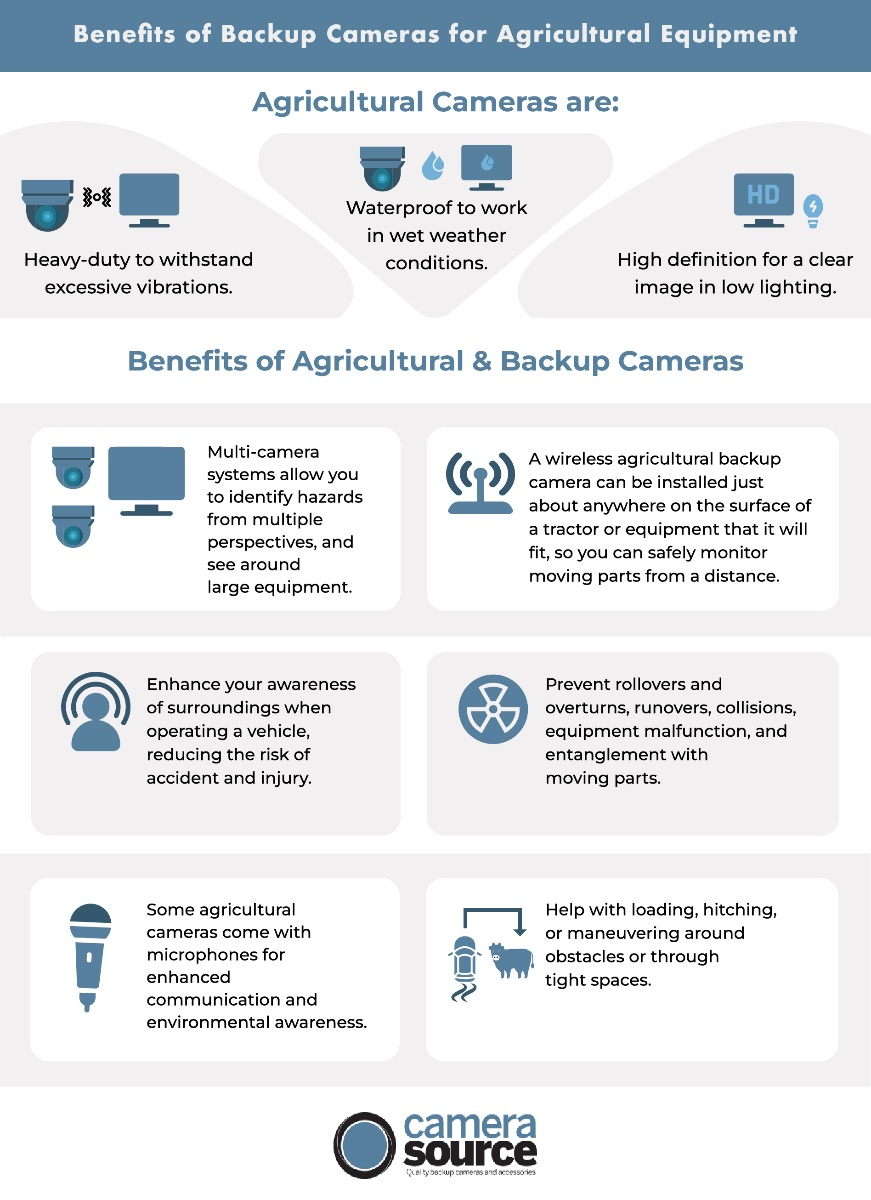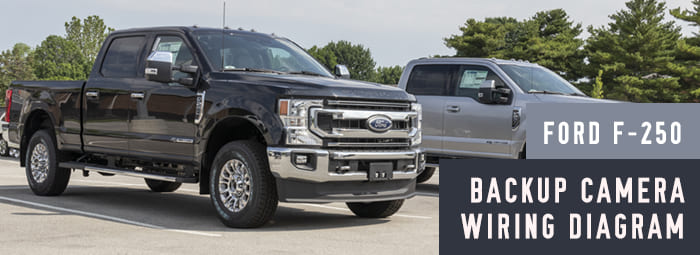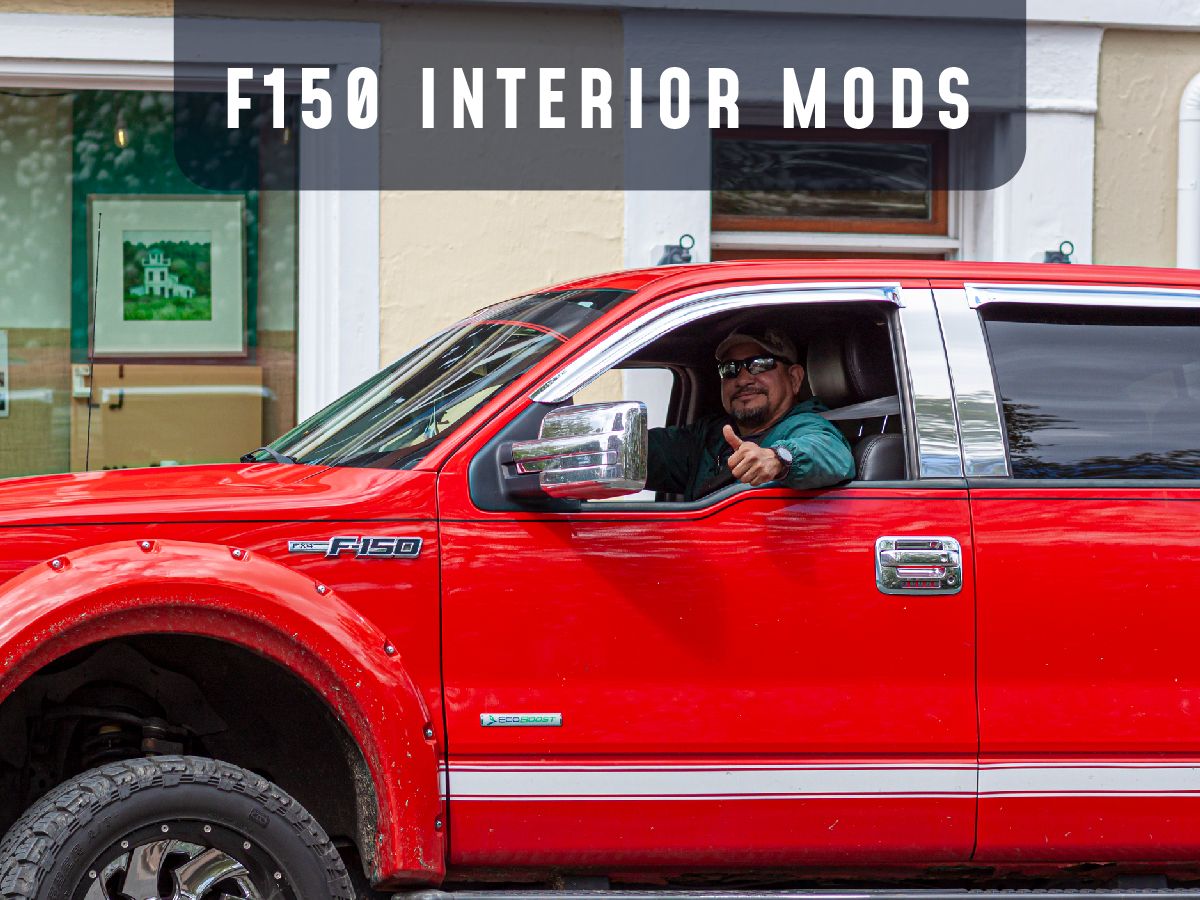Farming is a complex and challenging industry, and like any industry, there’s plenty of equipment. In this article, we’ll cover the different types of equipment, how they’re used, and how they can be made additionally safe.
Wish you had an extra set of eyes while operating ag equipment? We have the heavy duty high definition backup camera kits you need for your agricultural equipment. No need to worry about excessive vibration or wet weather conditions— these waterproof camera systems can handle it, so you can get a clear picture of what’s happening outside the vehicle to help prevent accidents and injuries.

Combine Harvesters
Combine harvesters are powerful pieces of equipment that do the bulk of the harvesting on a farm, which can be divided into a few categories:
- Reaping: The process of cutting the plant, which is accomplished by the header, reel and cutter bar on the combine. The header gathers the crops while the reel pushes them toward the cutter bar, which cuts the crops at their base.
- Threshing: The process of separating the edible parts of the crop from the non-edible parts. This is accomplished by the threshing drum, which beats the cut crops to separate the grains from their stalks.
- Winnowing: The process of separating light chaff from the grain, and it is usually accomplished while the grain is in the threshing drum. Chaff is usually separated from the grain through the use of sieves.
One of the easiest ways to enhance the safety of a combine is to install an agricultural camera. An ag camera can dramatically enhance your awareness of surroundings when operating a combine. That means the risk of accidents is greatly reduced while operating a combine, tractor or other equipment and vehicles.
In addition, installing an agricultural camera on a combine can help prevent entanglement with moving parts. Install a camera near parts of machinery to monitor it while running instead of getting off the tractor while it’s running and risk accident and injury. Combines (and many types of farm equipment) can benefit from a multi-camera setup to monitor multiple pieces of equipment on a vehicle at once.
UTVs & ATVs
ATVs (all-terrain vehicles), which are also sometimes referred to as quads or four-wheelers, are small utility vehicles that only have seats available for a single driver. An ATV can fit tight spaces and do quick turns to do simple farming tasks.
UTVs (utility task vehicles), or side-to-side (SxS) vehicles, are bigger, far more expensive, and more powerful than ATVs. This beefy farming vehicle can be controlled by two people and can handle heavy loads. Due to its big size, this vehicle allows you to have extra storage space for your farming machinery or personal belongings. Whether you’re unloading or loading up an ATV/UTV or driving through fields, installing a backup camera on your four-wheeler can prevent accidents and injuries.
Trucks
The good old-fashioned truck is a common piece of farm equipment. These vehicles are often pulling long trips, moving trailers, or just getting workers from point A to point B. Camera Source has a camera for every kind of work truck:
- Ford backup cameras
- Ford front and side cameras
- GM reverse cameras
- GM front and side cameras
- Dodge backup cameras
- Dodge front and side cameras
- Toyota reverse cameras
- Honda backup cameras
If your truck isn’t one of the models above, don’t worry–we have backup cameras for nearly every type of vehicle, including models of truck that might be out of service or not have OEM cameras available.
Tractors
The tractor is the workhorse of the farm, and these vehicles come in many different shapes and sizes.
- Compact Tractors - As their name implies, are small, high-powered tractors that can assist with all the basic functions needed on a farm. Compact tractors are ideal for material handling and working in tight spaces where traditional tractors can't fit. Working in compact spaces can come with unique challenges, including limited visibility. When you’re in that kind of situation, a commercial-grade CCD camera with a rugged casing, sunshield, and night vision can help solve tight fit issues. Cameras like this one provide a 130-degree range of vision, which means you’ll have full visibility and can mount the camera anywhere, so you can keep an eye on implements and other pieces of equipment as well.
- Wheeled Tractors - General-purpose tractors are tractors that help you get the most out of your machinery. These utility tractors can meet a variety of demands and can be outfitted for tilling, material handling and equipment pulling. With a range of options in horsepower, lifting capacity, control and cab style, wheeled tractors are built to service whatever purpose might be required.
- Track Tractors - This is a style of farming vehicle that has rubber tracks instead of tires, similar to a tank. These can get better power and traction in tough to navigate areas.
- Orchard Tractors - Orchard tractors are narrow tractors meant to navigate orchards and other similar environments, where it might be difficult to get a larger tractor in between the rows.
Regardless of what type of tractor you’re using, preventing accidents and injuries with well-documented safety plans and backup cameras is a must. The one modern safety feature that tractors currently lack, but should include, are backup cameras. Significant blind spots are a problem for large trucks, let alone tractors and other farm equipment, prompting the need to install agricultural cameras yourself. Fortunately, Camera Source has a huge selection of high quality cameras and accessories.
Backup cameras can increase ease and safety of driving a tractor in traffic by eliminating blind spots and providing better visibility of their surroundings. Installing backup cameras on tractors can help the driver identify and avoid collisions with obstacles, and uneven surfaces, bumps, and holes that can cause the tractor to become unstable. This can help prevent:
- Rollovers and overturns
- Runovers
- Collisions
A backup camera can help prevent tractor accidents, save lives, and save money.
Tractor Attachments
Tractor attachments are attached to tractors or pulled behind them to add a new level of functionality. Their uses range widely from soil management to seeding.
Agricultural backup cameras can also help perform tasks with accuracy and precision, like loading and unloading, hitching and towing, and operation of equipment and implements. Make your farm safer with a quality backup camera for your tractor. Agricultural cameras are useful when operating a tractor with attachments. A wireless agricultural backup camera can be installed just about anywhere on the surface of a tractor or equipment that it will fit, so you can safely monitor moving parts from a distance. Some agricultural cameras even come with microphones for enhanced communication and environmental awareness.
Our agricultural camera systems make it easy to work with complex equipment or in wet weather conditions. No more overloading of grain carts or getting out of the tractor to check equipment. You can also use them to see behind large equipment, monitor baler knotting, planter seed drops, and so much more.
Plows
A plow is a large tractor attachment that drags behind the tractor, using long blades to cut furrows in the soil. This process not only loosens and turns the soil, but it also helps kill off any surface vegetation that is not intended to be there. While the soil has to go through several subsequent steps to be ready for planting, plowing is an essential first step. Each plow type is suited to a specific soil type, soil condition and crop type. Here is a look at the three most common types of plows:
- Moldboard plows: This type of plow has wing-shaped blades, which are specifically designed to cut into and turn the soil. This is an ideal type of plow for shallow but thorough soil turning, which is often necessary for land that hasn't been used for crop production for several years.
- Disc plows: This plow has rows of discs that work to turn the soil and cut up weeds. These are less common than moldboard plows as they are less effective at turning the soil, but disc plows may be more useful for soil that is particularly sticky or rocky.
- Chisel plows: These plows have long shanks. These shanks turn the soil at a depth of a foot or more. This is often necessary for land that has been used for consistent crop production.
Plows can range widely in price from a few hundred to several thousand dollars depending on the type, size, brand and condition of the plow.
Harrows
Where plowing primes the soil, harrowing further agitates it in preparation for agricultural work. These attachments break down clumps of soil, make the soil surface level and redistribute crop and weed residue to make it easier for new plants to take root and grow. Harrows can also be used after distributing manure and fertilizer, as they can help break up clumps and distribute the fertilizer more evenly. Some common types of harrows include:
- Spring harrows: An older style that isn't commonly found today. These attachments use flexible iron teeth mounted in rows to loosen and agitate the soil.
- Roller harrows: Large spiked tubes and, as the name suggests, are rolled across the soil to help crush and prepare soil for seeding.
- Chain harrows: These look like chain nets with spiked attachments. They aerate the ground in preparation for seeding and/or fertilizer.
- Disc harrows: The more modern version of spring harrows, they are large discs that break up and agitate the ground for planting.
Often, multiple types of harrows are used for different purposes and may be used multiple times during the soil preparation process. Harrows can be pulled behind tractors or ATVs, depending on their size and complexity. More advanced harrows require a tractor, but they often combine the benefits of multiple types of harrows all into one.
Spreaders
Fertilizer spreaders function as the name suggests — they spread fertilizer across a field. While there are fertilizer spreaders that can be run separately, most farming operations require a tractor-run fertilizer spreader for quick, evenly distributed fertilization.
There are multiple types of fertilizer spreaders, varying primarily based on the type of fertilizer used. These are some of the more common types of tractor-mounted fertilizer spreaders:
- Broadcast spreader: This common spreader drops fertilizer with the help of gravity.
- Manure spreader:This takes solid manure from livestock and spreads it across a field. This is an easy way of utilizing manure effectively, though the solid manure will often need to be run over with a harrow to break it up and mix it in with the soil.
- Slurry spreader: Liquid manure spreaders are also known as slurry spreaders, which spray a slurry of liquid manure across a field.
Seeders
Seeders, as the name would suggest, are designed to spread seeds across large plots of land quickly and efficiently. While small farms may use small mechanical seeders or even hand-seeding methods, tractor-pulled seeders are most commonly used in large-scale farms today. There are different machines used in agriculture seeding, however, like:
- Broadcast seeders: With this type of seeder, seeds are placed in a specific type of hopper, and are slowly “broadcast” or spread evenly throughout a large area.
- Air seeders: Very large seeders that use compressed air to shoot seeds into the ground. They’re effective, but can only be used on specific types of seed, mainly round seed.
- Box drill seeders: The most common seeder, thanks to its ease of use and compatibility with most types of seed.
- Planters: The most accurate seeders, though they also tend to be the most expensive. Planters consist of blades that cut the ground and drop seeds, in quick succession.
Balers
Balers are essential for hay, straw and corn stalk collection. These tractor attachments collect these materials and wrap them into more easily manageable bales. There are three general kinds of hay balers:
- Round balers: These work by rolling hay into round shapes and then wrapping it.
- Square balers: These collect hay, straw or stalks into compactors, which help pack and compress the material into a square shape. Once the baler has enough material, it ties it with two lengths of twine or wire and then deposits it in a particular area. Square balers come in multiple sizes to work for a variety of applications.
- Large square balers: Works about the same as regular square balers, but they handle significantly larger volumes for industrial-size farms.
Wagons & Trailers
Farm wagons and trailers are a necessity for any operation. Wagons and trailers are available in a wide range of sizes and materials, and they’re used for many different activities on a farm. Wagons and trailers are often used for harvest transportation, material handling, and moving people and equipment. You can keep your trailer, its contents, and others safe with a trailer backup camera to enhance your awareness of your surroundings.
Other Common Attachments
There are a wide variety of other tractor attachments commonly used in farming and related applications that can benefit from being monitored via backup camera in case of falter.
- Sprayers - Sprayer attachments can be used to spray pesticides, fertilizers and other substances across large areas. These are a must-have for any farming operation that handles large acreages.
- Mowers - Mowers are a necessity for any large plot of land, but tractor owners can benefit from mower attachments. There are a variety of mower types to meet a range of farm needs from grass management to harvesting. The specific type of mower you require for your application will depend on your land, and you may need multiple attachments to attend to different areas of your property.
- Transplanters - Tractor-pulled transplanters make transplanting easy by taking large quantities of growing plants, digging holes for them and depositing them, all using machinery.
- Cultivators - Cultivators are used for soil cultivation, specifically in the area of weed control. These are used for shallow tilling and are often used in smaller farming operations.
- Plastic mulch layers - For large-scale farms that use methods involving plasticulture, a plastic mulch layer tractor attachment is a necessity. This equipment takes a ream of plastic and lays it flat along the bed using a series of wheels.
- Rakes - Raking attachments are essential for making hay. Several types of rakes are available as pull-behind attachments, including wheel rakes, parallel-bar rakes, rotary rakes and belt rakes.
Camera Source for Safer Farm Equipment
Backup cameras provide enhanced safety on the farm and on the road, and they also help you monitor equipment while it runs to prevent issues. Whether you’re looking for a monitor that can display multiple cameras, or one that can withstand excessive vibrations for use in agriculture or commercial vehicles, we’ve got options to fit your needs. Monitor kits come with everything you need to install so you can easily upgrade your current vehicle monitor with something that better fits your needs.
If you’re looking for great cameras at great prices, as well as numerous different mounting options, Camera Source has you covered. Get in touch with us to learn more about what cameras might work for you.








